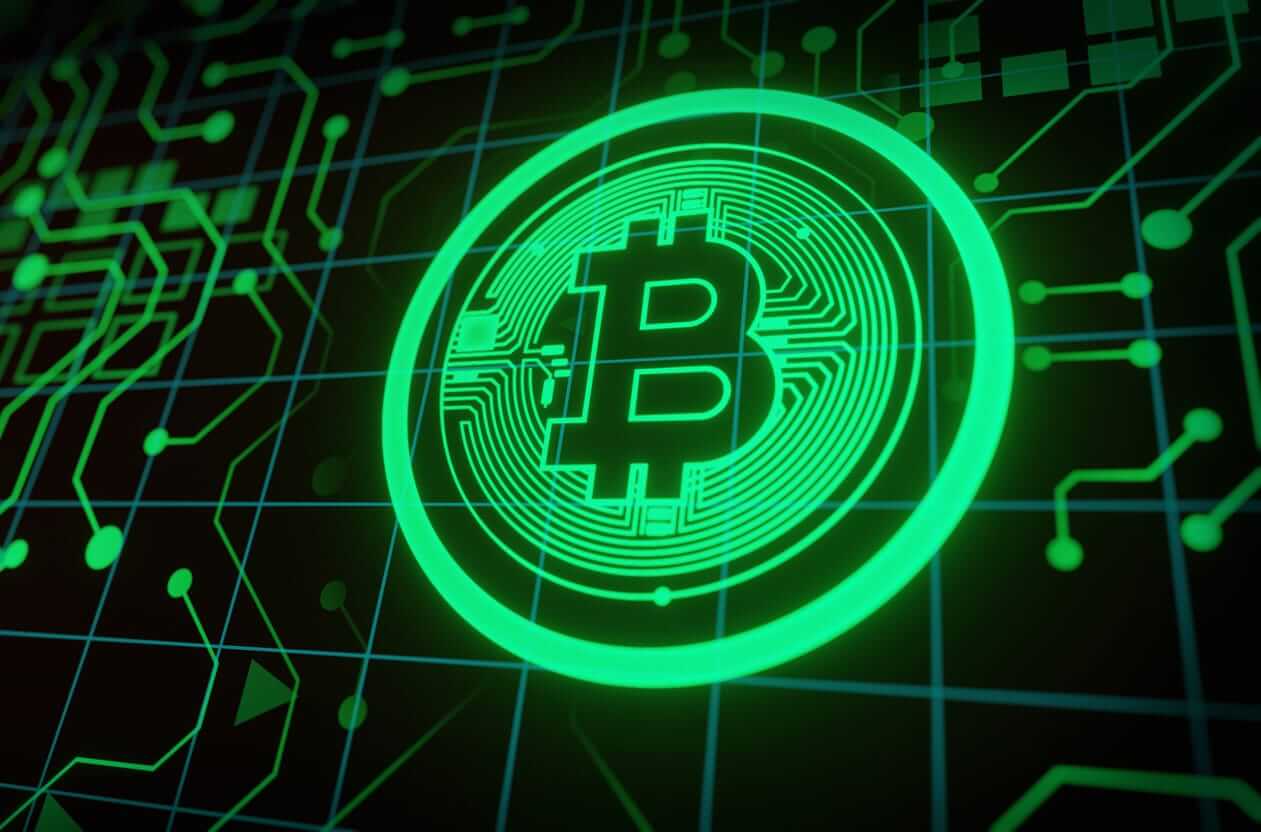
Following the successful listing of Circle (CRCL) a few weeks ago, stablecoins have been thrust into the spotlight. Touted as a potential disruptor of the traditional payments system, it can be said that with stablecoins, the financial industry may be experiencing its “AI Moment.” Now, with the GENIUS Act signed into law, stablecoins have received a regulatory shot in the arm as well.
So, where does this all leave the world’s largest bank in terms of market cap, JPMorgan (JPM)? Well, it can be safely said that CEO Jamie Dimon is not someone who is jumping up and down with excitement for stablecoins, stating, “I think they’re real, but I don’t know why you’d want to [use a] stablecoin as opposed to just payment.”
More News from Barchart
-
This Penny Stock Wants to Become the MicroStrategy of Dogecoin
-
Opendoor Stock Is Surging Higher in a Frenzied Retail Rally. How Should You Play OPEN Shares Here?
-
Robinhood Stock Stumbles as S&P 500 Inclusion Is Once Again Off the Table for HOOD
-
Markets move fast. Keep up by reading our FREE midday Barchart Brief newsletter for exclusive charts, analysis, and headlines.
But those who are labeling this as the financial giant’s “Kodak” or “Blockbuster” moment will be disappointed as, in almost the same breath, the veteran CEO revealed that “We’re going to be involved in both JPMorgan deposit coin and stablecoins to understand it, to be good at it.”
I believe that this is a prudent strategic move on the part of Dimon, who is being cautious about stablecoins, while at the same time being cognizant of the competition from young fintechs.
About JPMorgan
Tracing its origins back to the 18th century, JPMorgan is the largest bank in the U.S. and among the world’s most systemically vital financial institutions. Its main divisions include Consumer & Community Banking, Corporate & Investment Banking, Asset & Wealth Management, and Commercial Banking.
Valued at a market cap of $809.5 billion, JPM stock is up 21.7% on a YTD basis. JPM stock also offers a dividend yield of 1.92%.
Notably, the company has been raising dividends consecutively for the past 14 years and with a payout ratio of just 27.4%, there remains room for further growth. The company also rewards its shareholders with buybacks. Net share repurchases for Q2 2025 were at $7.1 billion which was a 45% rise from the year-ago period.
So, is JPM stock a secure bet now? I believe it is, and here’s why.
Well-Positioned to Outperform
One name that has emerged from the 2008 financial crisis even stronger is JPMorgan. And in recent years, with interest rates climbing, lighter federal oversight under President Donald Trump, and a renewed flurry of activity in IPOs and corporate deal-making, it’s been well-positioned to reap the benefits.
Story ContinuesA lot of this is visible in its net interest income, still the core of any bank’s earnings model. JPMorgan expects to pull in around $95.5 billion in this category for fiscal 2025, up from $92.5 billion last year. That jump stems from the bank’s ability to sustain a strong spread between loan yields and deposit costs, which is among the best margins in the business.
But lending isn’t the only place the firm shines. Its investment management wing has been gaining both scale and importance. The business doesn’t require much capital outlay, yet the returns are substantial. In Q2 2025, it reported $5.8 billion in revenue and net income of $1.5 billion. Compared to the same period the year before, that’s an increase of nearly 10% and more than 16%, respectively. Overall, the AUM of the division rose by 18% in the same period to $4.3 trillion, with an impressive 36% return on equity, signaling solid internal performance.
The First Republic acquisition helped, too. After Silicon Valley Bank’s collapse, JPMorgan stepped in to purchase First Republic and its roster of high-net-worth clients. By merging that client base into its much larger network, the bank is aiming to grow its private wealth footprint. The model relies on scaling personalized service across a far broader infrastructure. This can unlock another meaningful avenue of growth.
On the tech side, JPMorgan continues to invest heavily. For 2025, spending on technology is expected to reach about $18 billion. Most internal systems already operate on cloud platforms, and AI tools are no longer experimental, they’re integrated. Over 200,000 employees are actively using them for tasks ranging from coding and customer outreach to call center efficiency. These tools also support fraud monitoring and credit evaluation, where JPMorgan has already been ahead of the curve for several years.
Finally, circling back to stablecoins, the bank has developed something called JPMD. It’s not quite a stablecoin, but it serves a similar purpose. JPMD is a tokenized form of deposit, designed with institutional use in mind. It runs on Base, a Layer 2 blockchain developed by Coinbase (COIN) on top of Ethereum (ETHUSD). JPMD complements JPM Coin, which JPMorgan already uses for internal transfers. The idea now is to take that concept further, offering value transfer and deposit services beyond the walls of one bank and extending them into a wider, crypto-enabled financial environment.
Solid Finanicals
A financial powerhouse like JPMorgan should also boast a strong balance sheet, backed by consistent revenue and earnings growth. And that's exactly what the company offers.
JPMorgan has seen its revenue and earnings grow at 5-year CAGRs of 10.97% and 17.58%, respectively.
Moreover, the company has reported an earnings beat in each of the past six quarters. In the most recent quarter, it reported a beat on both revenue and earnings, even though both witnessed a yearly decline.
Revenues for the quarter came in at $44.9 billion, down 10.5% from the previous year, as EPS was reported at $5.24. This marked a YOY decline of 14.4% but was still above the consensus estimate of $4.49. Average loans and deposits, however, went up by 5% and 6% on a YOY basis to $1.4 trillion and $2.5 trillion, respectively.
Book value per share, a key metric that indicates the the bank is increasing its net worth on a per-share basis, went up by 10% from the previous year to $122.51.
Analyst Opinions on JPM Stock
Analysts remain cautiously optimistic about JPM stock, giving it a consensus rating of “Moderate Buy” with a mean target price of $296.64. This indicates upside potential of about 2% from current levels. Out of 26 analysts covering the stock, 14 have a “Strong Buy” rating, three have a “Moderate Buy” rating, eight have a “Hold” rating, and one has a “Strong Sell” rating.
On the date of publication, Pathikrit Bose did not have (either directly or indirectly) positions in any of the securities mentioned in this article. All information and data in this article is solely for informational purposes. This article was originally published on Barchart.com













